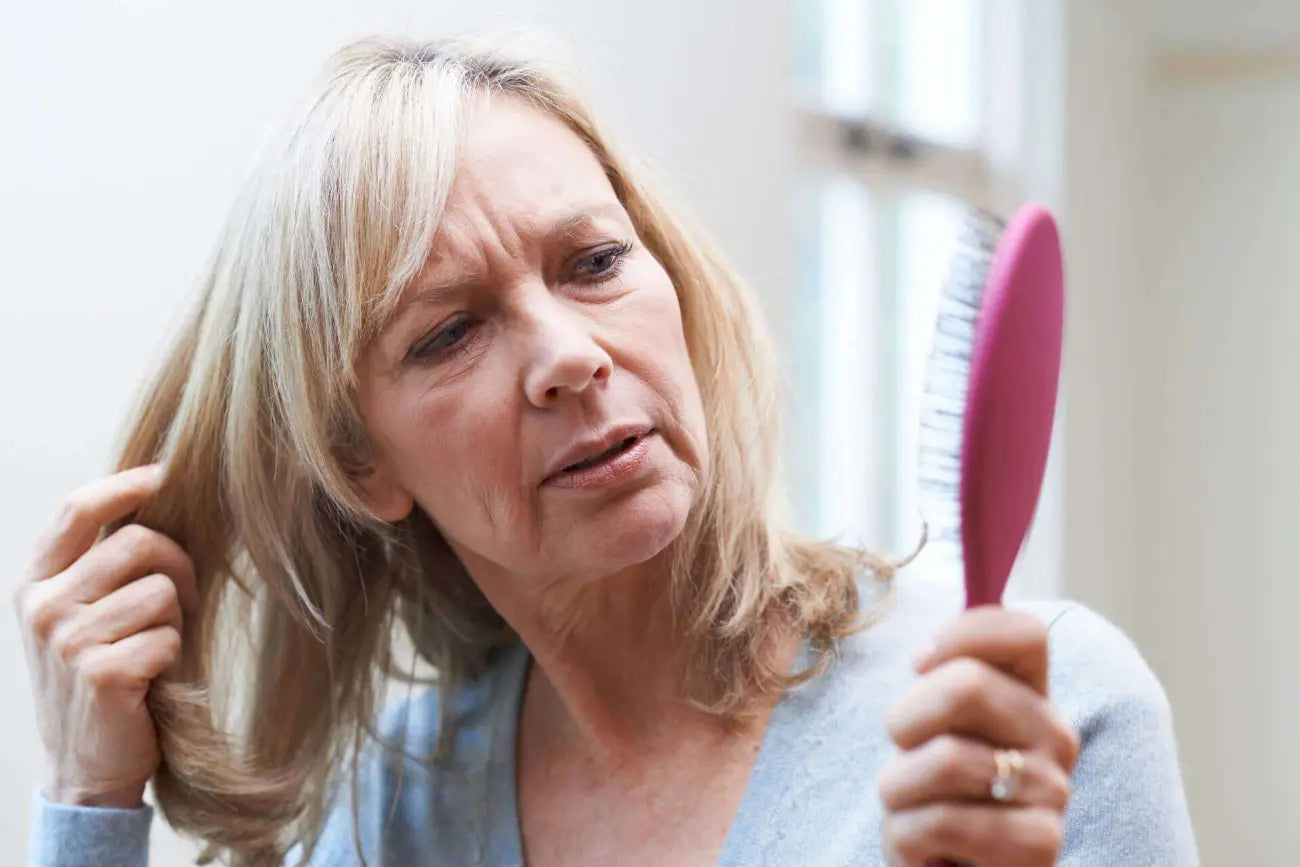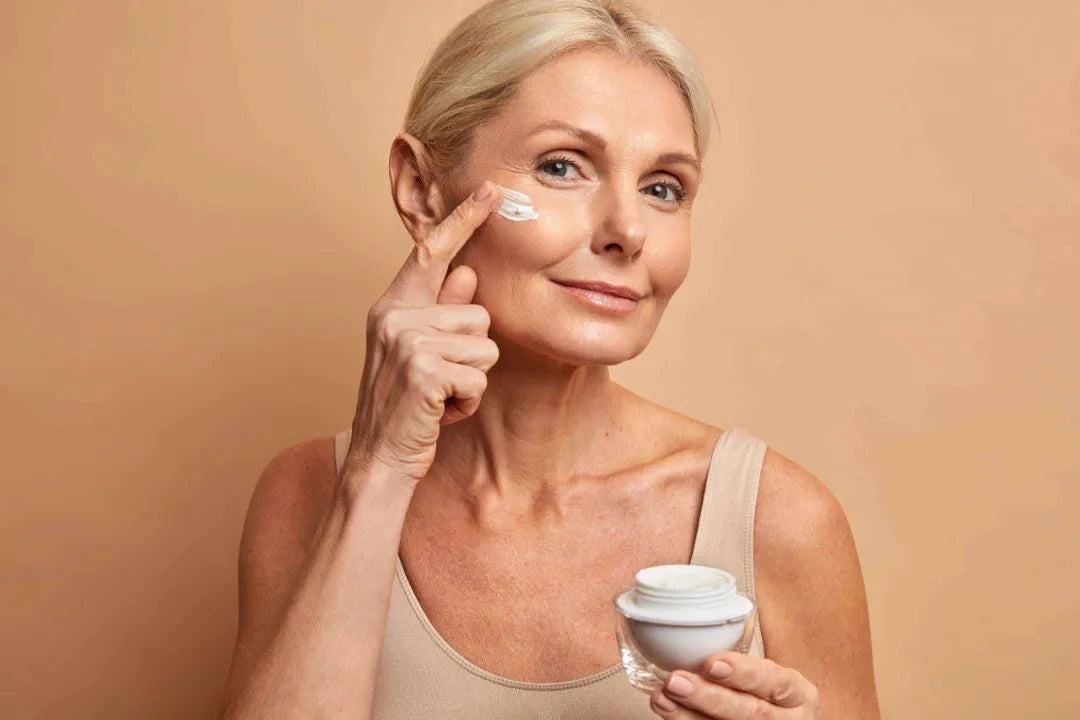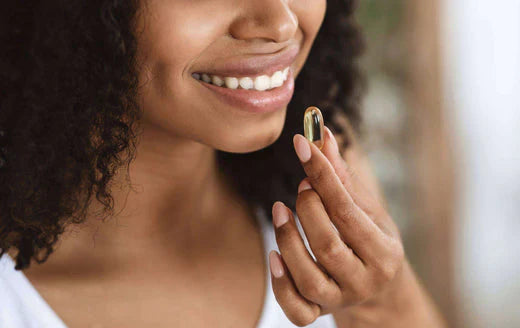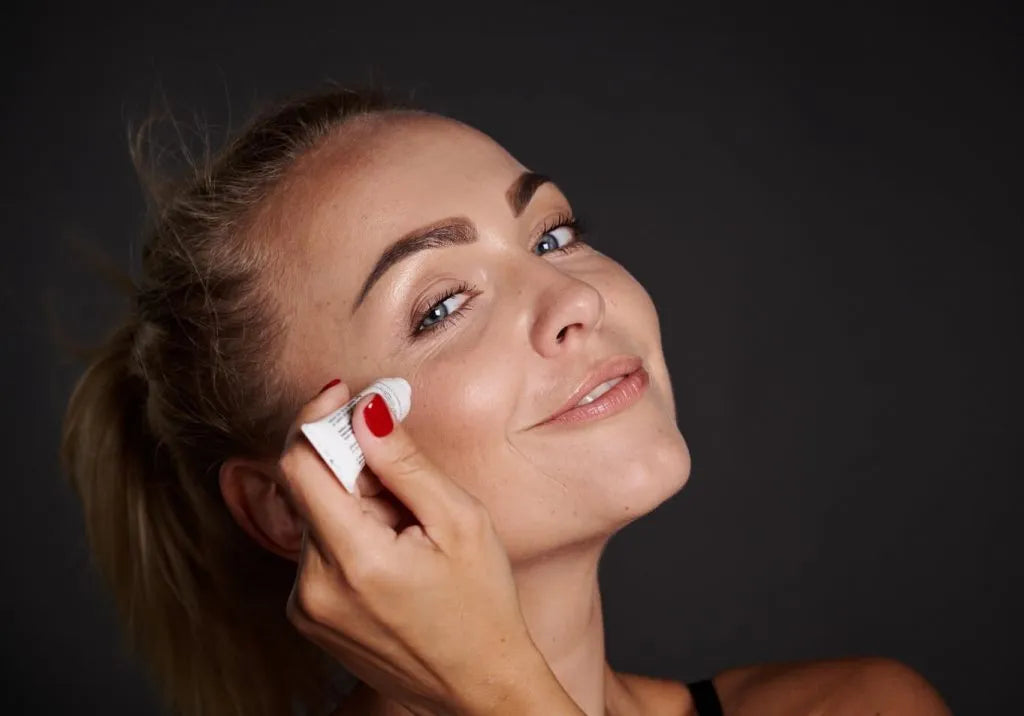Did you know that orange peel skin is one of the possible signs of breast cancer? Although lumps are usually the main symptom of this type of cancer, many women barely have any skin changes as a first warning sign (1). That's why we want to explain everything about this sign, including its characteristics, causes and what to do if you detect it in your breasts.
What is orange peel?
Orange peel is also known by the French term Peau d'orangese. Certainly, it refers to a condition where the skin takes on a rough appearance with enlarged pores or dimples. It resembles the peel of an orange. This condition is not only visible but can also be felt. It can be present on any area of the body, including the breasts (2,3).
In the breast it may be accompanied by other signs and symptoms such as (3):
- Redness.
- Swelling.
- Hyperpigmentation of the skin.
- Near wounds.
- Flaky, dry skin.
- Discharge of any kind.
- Breast lumps.
- Differences in size between one breast and the other or a feeling of heaviness.
- Nipple retraction.
- Breast, armpit or nipple pain.
It is important to be aware of any additional symptoms; these may provide clues to the root cause.
Possible causes behind this symptom
Peau d'orangese occurs when the normal flow of lymph is obstructed. Lymph is a fluid that circulates in all tissues; in turn, it carries toxins and immune system cells. This causes fluid to accumulate in the skin of the breast, causing swelling and pores to become enlarged (2).
There are several causes that can lead to the appearance of this sign in the breasts. Some of them are benign and others are malignant such as (2,3,4,5,6):
- Infections of the skin or breast.
- Inflammation.
- Disorders that alter the structure of the skin or the layer covering the muscles.
- Sarcoidosis.
- Side effect following breast cancer treatment or breast surgery.
- Cancer of the lymph nodes.
- Breast cancer.
One of the most worrying causes is its association with cancer. In particular, this sign may indicate inflammatory breast cancer. This is an aggressive and rapidly progressing variant (weeks or months) that requires immediate attention. In this case, malignant cells grow very close to the lymph nodes and ducts that carry lymph and obstruct its normal flow. This is why orange peel skin is one of the main signs of lymphatic malignancy (2).
Breast self-examination in the detection of orange peel skin

Detecting breast cancer early is vitally important to improve the chances of a cure. And, breast self-examination is a very useful tool for early detection of any abnormalities. With proper breast self-examination it is possible to identify changes in the skin of the breasts and nipples or breast lumps (7).
It is essential to perform this self-examination frequently, even during the menopause, as many changes arise or persist at this stage of life. Therefore, knowing the shape, appearance and texture of your breasts allows you to identify any changes and seek medical attention in time (7).
In conclusion, orange peel breast skin, while not always indicative of cancer, is a sign that should not be ignored. Early identification through breast self-examination and early consultation with your doctor can make a difference in the treatment of the disease. Check your breasts regularly for this and other symptoms. Encourage your friends and family to do the same.
Meanwhile, we invite you to continue learning with us about breast cancer and other possible signs and symptoms of menopause such as hair loss, dry scalp and excessive sweating!
Bibliographical references
- The Royal Marsden. Breast cancer: Diagnosis.
Available from https://www.royalmarsden.nhs.uk/information-gps/gp-resources/breast-cancer/breast-cancer-diagnosis
- Cancer Research UK. Inflammatory breast cancer.
2023 Available from https://www.cancerresearchuk.org/about-cancer/breast-cancer/types/inflammatory-breast-cancer
- Sullivan D. What Causes Peau D´Orange?
2018 Available from https://www.healthline.com/health/breast-cancer/peau-d-orange
- Benavente F., Alfageme F., Suárez D. Peau d’Orange Appearance (Pseudocellulitis) and Elastography. Actas Dermo-Sifiliográficas.
2020 Volume 111, Issue 7, page 612. Available from https://www.sciencedirect.com/science/article/pii/S1578219020301992
- DeKraker C, Gomez JA, Arifin A, Perera FE. Postradiation breast erythema, skin thickening, and peau d'orange. JAAD Case Rep.
2022 23:96-98 Available from https://www.ncbi.nlm.nih.gov/pmc/articles/PMC9046928/
- The Royal Marsden NHS Foundation Trust. Breast lymphedema.
2023 Available from file:///C:/Users/JH/Downloads/RS-1678-03.pdf
- NHS. How should I check my breast
2021 Available from https://www.nhs.uk/common-health-questions/lifestyle/how-should-i-check-my-breasts/
You May Also Like

JOIN US AND GET 10% OFF
Sign up to our newsletter to access free resources, advice and support.















